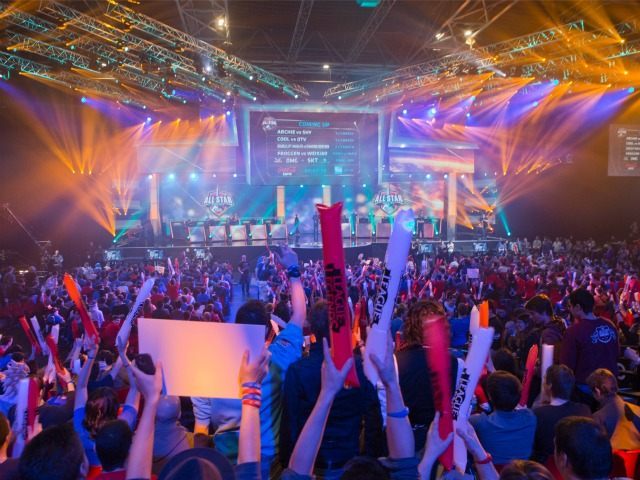Millennials and beyond have begun to embrace eSports as their chosen form of competitive entertainment.
Among millennials, competitive gaming is already on the verge of usurping organizations like the NFL and the NBA. 40 percent of the critical 17-34 demographic prefer watching their technologically savvy peers battle it out with keyboards and gamepads on the internet, versus balls on fields and courts. That leaves 42 percent still primarily interested in meat-space competition, with 18 percent divided between the two.
The numbers suggest that this trend will not only continue, but accelerate in the coming years. According to Managing Directors Alex Evans and Gil Moran who produced the referenced study for LEK Consulting:
Though they represent a large and increasingly integral segment of the U.S. sports fan base, millennials bring to the table a unique challenge. Unlike their Baby Boomer and Gen X predecessors, millennials follow a much broader range of both traditional and alternative sports as adults, and despite having less time on their hands, have a far greater selection of viewing alternatives.
Professional esports will generate nearly $700 million in revenue this year, and are projected to earn at least $1.5 billion annually by 2020. While that doesn’t yet match the billions brought in by traditional sports, consumers of more traditional competition are aging out of the market, while younger generations quickly shift into primary economic roles.
How quickly? The LEK study points to ESPN — a typically reliable barometer of sports engagement — to paint a “stark portrait” of the decline. “For the fiscal year ending Oct. 1, 2016, subscribership shrank to 90 million, a 10% drop in just three years.” That’s just shy of freefall in the entertainment world.
For now, “in terms of both composition and dollars spent, individuals 35 and older continue to dominate the country’s consumer base.” But “at a combined 45 percent, millennials — ages 17-34 — and their Generation Z peers — age 16 and under — are quickly closing the gap. Millennials alone now represent over a quarter of all domestic consumers, and they are the country’s leading life-stage demographic.”
Viewers are emigrating from traditional TV subscription services toward digital media like Netflix, YouTube, and Twitch.tv. While streaming services continue to skyrocket, the network exclusivity and ad deals that underpin major sports broadcasts have begun to suffer.
Evans and Moran conclude that “as Millennials continue to back away from mainstream media, they are likely to become increasingly disengaged from sports in terms of viewership and fandom — that is, unless industry heads are able to respond to these changes in a proactive manner.”
For one thing, that means making traditional sporting events more visible on mobile devices and computers, where eSports stream for free. It means appealing to a generation doesn’t watch or play the same way as markets have for decades, and understanding that change is inevitable. Sports broadcasters will embrace the transition toward games of intellect and reflex — two traits of considerably higher import in a society that relies less and less on manual labor, and more on robots — or they will slip into irrelevance as a new generation of consumers move on.
Follow Nate Church @Get2Church on Twitter for the latest news in gaming and technology, and snarky opinions on both.

COMMENTS
Please let us know if you're having issues with commenting.